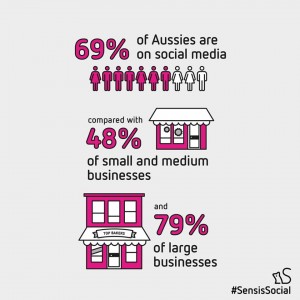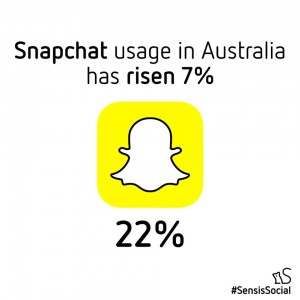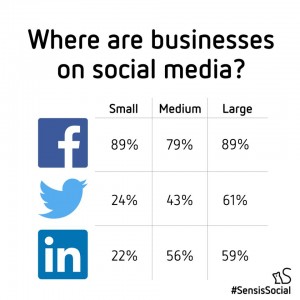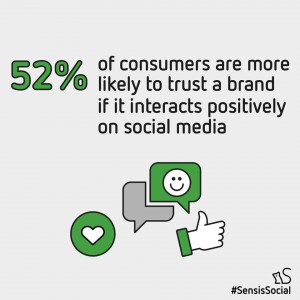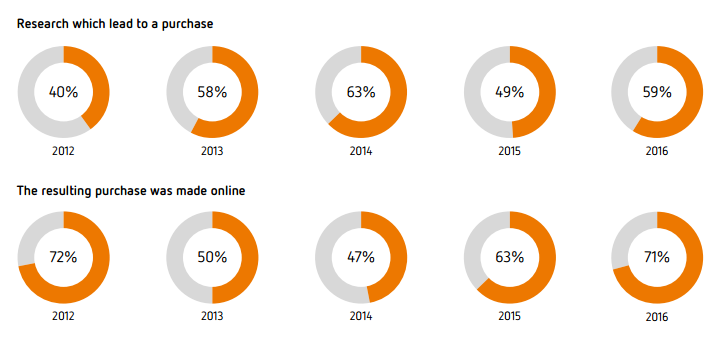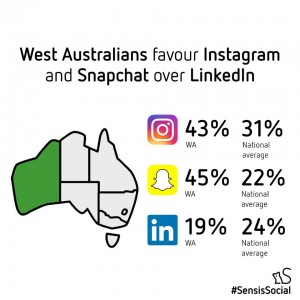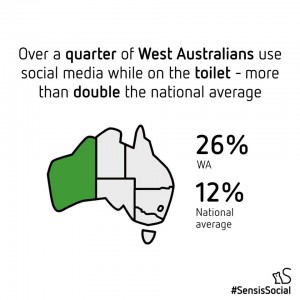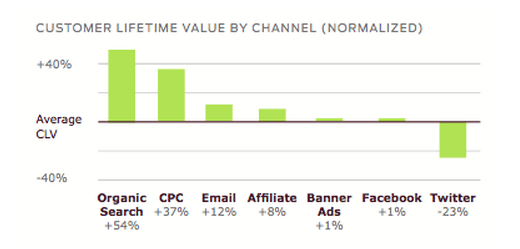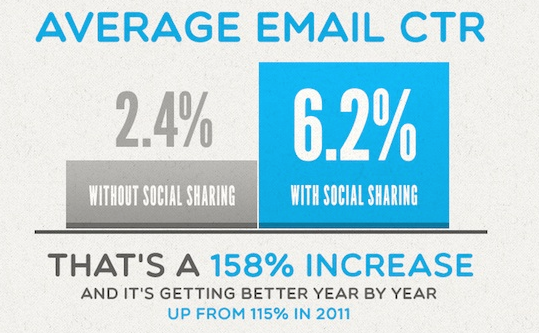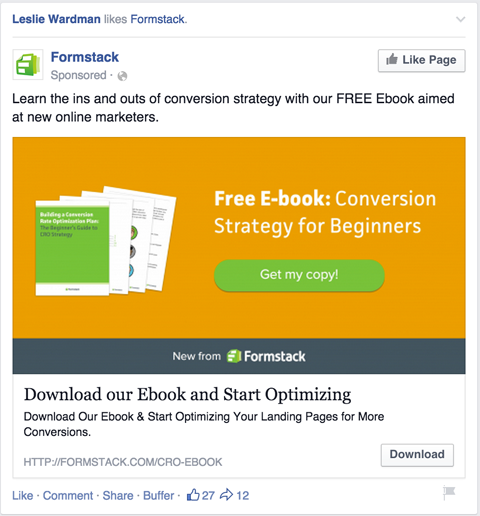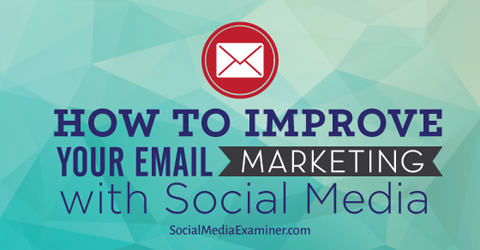Engage Bali Day Two
If you just want a “feel” for what Engage Bali was like I recommend you watch the video above.
In the below sections I’m summarising what I thought the main points of each speaker was, and it’s quite long, since there were so many. I have included as many links to videos and slideshows if you want to drill down into any of the speakers content. And I’ll update as more becomes available.
Strap yourself in – we’re going to Bali![/fusion_text][fusion_text]Day Two of Engage Bali started pretty much the same as the previous day, waking up in paradise and having a quick breakfast. I wish now I had’ve taken photos of the breakfast options! I’ve been to a lot of different countries around the world but never before seen a breakfast spread like this one. I was missing normal coffee though…
Day Two of Engage Bali was to be made up of 17 speakers and 4 panel discussions, followed by networking and dinner. On a humid Saturday, when your body clock is telling you you can take it easy (not saying I don’t work Saturdays – I freelance after all, which includes regular weekend work) this was going to be a long day!
I chose a seat in the second row and got prepared to get down to business! First up was Jan Rezab, founder of Socialbakers. The crowd loved him – and so did I![/fusion_text][fusion_text]
Jan Rezab – Founder, Socialbakers
Jan had a treasure trove of stats, tips and tricks for a Social Media nerd like me! Here’s my key takeaways from Jan’s wonderful presentation:
The state of Social:
Brands are growing on Social Media – but Media companies are killing it!
- Media companies know how to create great content, but you also need to be an ad specialist to get your content seen.
- Monitor the top 5 Media companies in your market for content trends.
Photos are still the dominant content type.
- Even with the rise of video, it hasn’t taken over – yet.
Frequency is important:
- Impressions – Reach = Frequency.
Make sure you stay informed about changes to the Facebook algorithm
Tips, Tricks and Facts:
Make beautiful content
Instagram has regional scale and can kill Snapchat
Video,Video, Video – but don’t measure it but the views!
- A view is not a good metric. Measure Viewthrough rate (VTR). Organic Vs Paid video have around the same viewthrough rate.
- Average Snap 1-2 secs. Average FB Video 3-5 secs. Unlink YouTube video no waiting for the ad to finish.
- 85% of video is played without sound and 95% are autoplays. Not putting captions on your video is a missed opportunity.
- Brands are beating Media at video VTR
There’s no such thing as a yearly marketing plan anymore.
- Accept changes/new features and adjust as you go.
- You can’t fail if you are looking after Customer Care and Engagement. People want help with their issues and problems, they want information.
Jan sees an opportunity for Twitter to become THE customer service channel.
Only 16% of questions asked by consumers on Facebook pages are public!
2016 is the year of Bots!
No-one wants new apps!
- 65% of people did not open the app store/Google Play store in 2015. That means NO NEW APPS were downloaded.
Can we please stop using fan counts as a metric! It’s 2016 FFS!
Define your goals
Look for the big moments in your Social journey and analyse why they worked.
Watch the video of Jan’s keynote below, or you can also see the slideshare HERE.
Robert Lang – SEO, Socialbakers
Next was Robert Lang, CEO of Socialbakers. Here are my takeaways from Robert’s presentation:
Is the term “Social Media” outdated?
I think so, although I’ve been thinking about it for ages and I haven’t come up with an alternative I think covers the whole scope of what Social Media means to us.
Did you know Facebook’s 2015 revenue was $80 BILLION?
Whoa.
AND they have 60% of the market share! Measuring “time in platform” Facebook is leading the game.
Is Tinder a Social Media platform?
I don’t consider it one – but I haven’t used it so I’m open to feedback from others.
Will 2016 see the end of free Social Media?
I mean, it’s already happening…but I think we’ve got a little bit longer to go on some platforms.
Facebook judges the quality of your content every time you post or advertise.
How RELEVANT is your content to the target market? We know ds have relevancy scores, but we can assume ALL content have this same hierachy to reach the newsfeed. Content is rated by Facebook (and perhaps also Instagram) uy the first 100 impressions. Has anyone interacted with it? Clicked, reacted, commented, shared…? If not it’s not likely to be shown to any more people as your content is deemed to be of low quality.
Don’t boost bad content! EVER.
If you think you’ll get more engagement by boosting awful posts or making terrible ads – you’re incorrect. You will actually damage your pages overall relevancy score. Maybe it’s time to spring clean your history?
Connect Social Media to your business objectives
Period. Otherwise what is the point?
Focus on producing quality content and posting it at the correct times (Socialbakers can help you with that)
Be Bold and invest in things that work with your audience.
You can see the slideshare of Roberts presentation HERE
Sabeen Ahmad, Director of Digital Strategy – Publicis
Sabeen Ahmad was next. Sabeen is the Director of Digital Strategy at Publicis, and she had a lot to share. This is probably why she had to talk so fast to fit it all in!
I really enjoyed Sabeen’s presentation and meeting her afterwards! She was one of the wonderful examples of women smashing it in the digital marketing field, which is an inspiration to me personally.
Think Social, Act Global.
Sabeen took as through the AT&T campaign #catchjeremy as an example of how you can stage a stunt, with Social Media as the hub, and use it as advertising that’s global, relatable and effective.
Here are my main takeaways, but as I said there was a LOT of content covered – so please check out the slideshare which I’ll link to at the bottom of this section.
Everything is a business problem.
What is my brand trying to achieve?
The 5 Questions make an appearance again:
- Why are you doing this?
- Who is your audience?
- Where are they?
- What do they like?
- How do you reach them?
Make a plan – use all the tools at your disposal.
- Step into your customers life. The more you understand the better you can market.
- Track the customer journey
- Use influencers
- Decide on the metrics you’ll measure
- Create content that achieves your goals
Keep your efforts Efficient and effective.
Check out the slideshare HERE.
Daniel Morel, Chairman & Global CEO – Wunderman (retired)
Daniel Morel, retired Chairman & Global CEO of Wunderman was next up – and although his presentation wasn’t strictly about Social Media it was definitely one of my favourites! He’s a veteran of business strategy, and had some awesome insights!
Daniel’s favourite number is nine and so he made nine points in his speech.
Do you want to be RIGHT or do you want to be ELECTED?
1- Aim low and say yes to everything
2- The formula – don’t make (too many) enemies!
S = 100 – (Nb year x P)
P < 1%
S > 80%
For those of us not mathematically inclined – For every year of business you can piss off 1% of your colleagues and still work with 80% of them.
3- If you aren’t the lead dog, the view is always the same (bums of the lead dogs)
4- Out of many – one
E pluribus unum. “we must hang together, or we will assuredly hang separately.” Ben Franklin on signing the declaration of independence. Build consensus, otherwise you can’t win.
5- Don’t be a Lady Mary
This is a Downton Abbey reference that was a bit lost on me, but the meaning is business MUST be predictable.
6- Amateurs discuss strategy. Professionals study logistics.
I love this one! It’s all well and good to have a grand plan – but it has to be able to work.
7- Leadership is not about being liked
Leadership is defined by results, not attributes. People follow results.
8- Leading from the front
Leadership doesn’t kill you. Engage – give your pound of flesh.
9- Data Monster
Be aware of the amount of data, and who’s feeding the data monster.
Lars Silberbauer – Global Director of Social Media & Search, LEGO
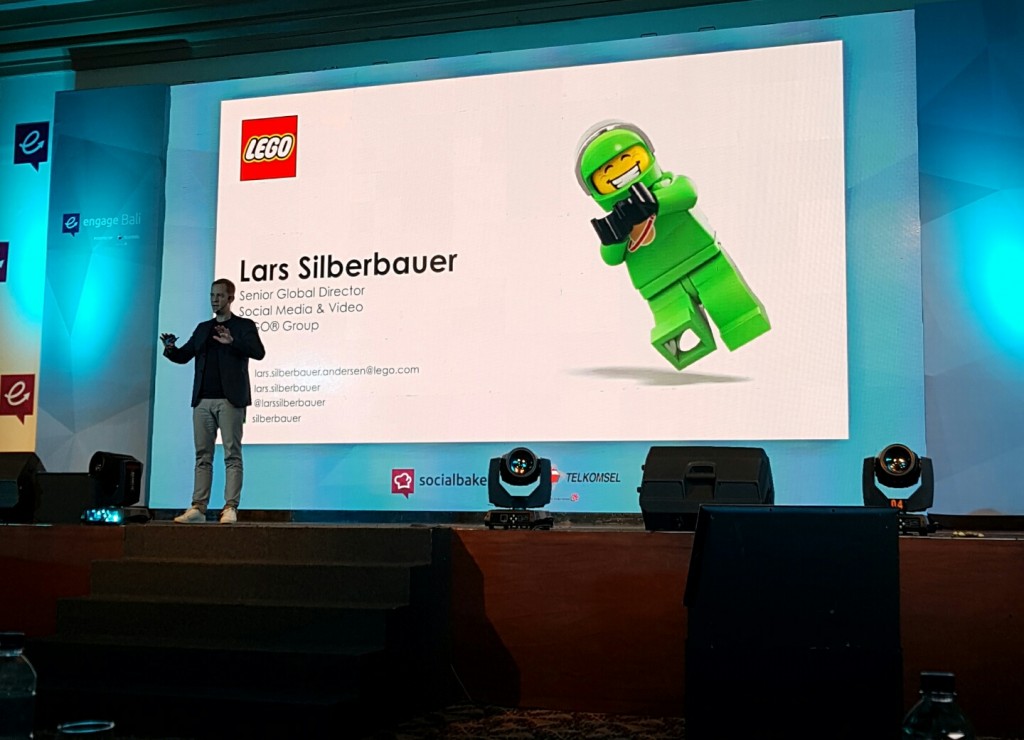
Everyone knows of LEGO. We all know the pleasure of creating with it, and the pain of stepping on one. Their Social Media is amazing, and a fantastic case study for marketers who are looking to entertain and delight their audience, and encourage fans to share photos and become brand advocates.
Lars Silberbauer was definitely a big drawcard for me to attend EngageBali. I wanted to know more about LEGO’s Social strategy, and the man who was behind it. You can watch the video below – his slides are really good, and well worth the watch!
LEGO, Lars explained, produce a lot of content, they’d want to- they’re the world’s most watched brand (on YouTube)! The aim of this content is to engage the creativity of people, and prompt them to share it. LEGO are a 24/7 operation who have diversified their team around the globe to make sure they are always available to their fans. Lars also explained that one of the reasons this works so well is that global brand need diversity. We are a mixed bunch, us humans – and you’ve heard the saying “takes one to know one” right? When building teams make sure you have diversity in mind. They also don’t let people loose on their Social channels without them first gaining their Social Media Drivers License.
Lars explained that having a connection to your customers was like a relationship. LEGO wants to hold you! They aren’t here for a fling. They want to be in your life. He has an interesting definition of Social Media: “Social media is nothing…but a set of technologies that enhances our social nature” It’s all about PEOPLE.
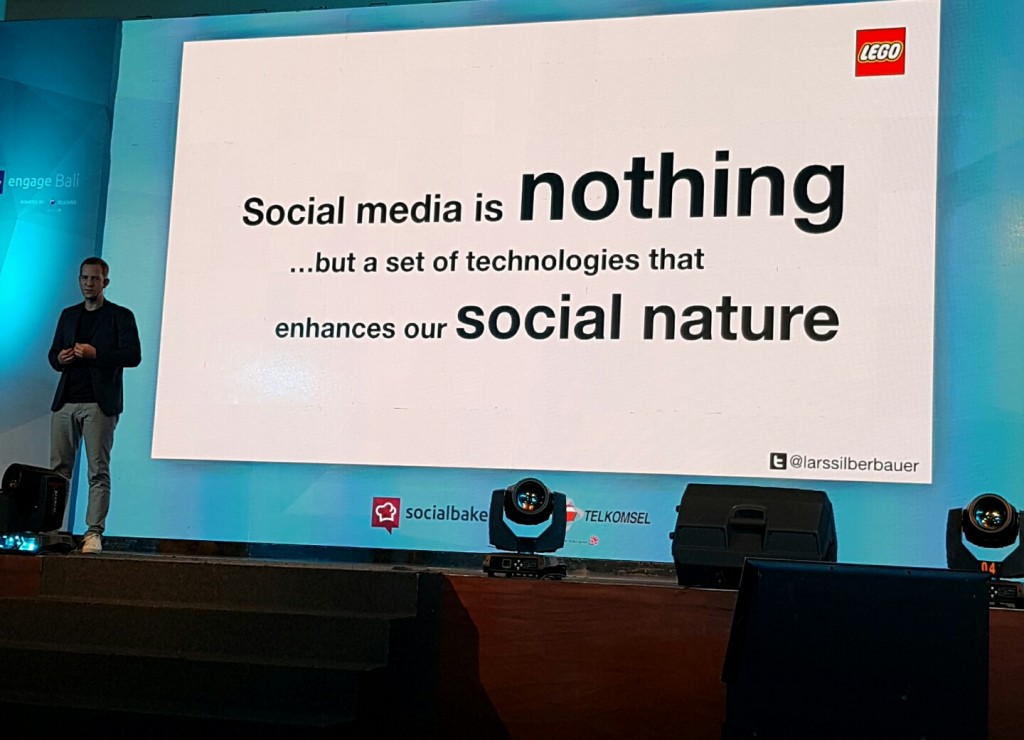
When people build with LEGO, they want to share their pride in their creations. Lucky LEGO, having an awesome, long standing brand people just love to love.
But what are their goals? LEGO has a two-pronged approach, Monetisation & Brand Strategy, and Lowering Cost & Minimising Risk.
Lars then took us through his $100 marketing campaign. He decided to spend $100 to prove that even as a market leader you need paid Social as part of your strategy. I won’t go into the strategy of this campaign, you can see the video if you’re interested in finding out what happened to George.

Then he went on the explain the Kronkiwongi. What an excellent example of getting people to change the way they think of and use your product! I loved hearing about this campaign!
Parents were thinking of LEGO as a set you buy, with instructions of how to build the bricks inside the package, into the picture on the outside of the package. Because, as Lars explained, once you’re 3 years old, your creativity levels only decrease. Our imagination gets stale, because we stop using it as much. But kids know better! LEGO asked children to build a Kronkiwongi. And they did. You have to see the video, even if it’s just for this part (it starts at 17.49) LEGO worked closely with Facebook on this campaign, and sent Kronkiwongi kits to influencers in the space. This was a very successful campaign, but at the end of the day, it’s not all about metrics, or money. It’s about PEOPLE.
Lars’ top tips on Social Media:
- It’s about creating relationships – no one night stands!
- There’s no trick or short cuts
- It’s a lot of hard work that needs to be:
Timely
Relevant
Brave
Personal
- Don’t just invest your money – invest yourself.
I’d thoroughly recommend following LEGO’s Social accounts, and seeing how they engage their fans. This was truly one of my favourite parts of the day, and indeed of the whole conference!
You can also see him appear on the Panel Discussion too.
Nina Spannari – Head of Digital, Canon (Australia)
Firstly – Nina is just like the rest of us (a LEGO fan) and presented Lars with a Canon camera made from LEGO! Marketing genius.
I really enjoyed Nina’s presentation. Another wonderful woman in the digital field, doing inspiration work for a global brand!
Whether you are aware of Canon Australia’s Social accounts, one look will show you there’s a lot of success there. They have an engaged fan base, who love the product and love to interact with the brand. But its more than that. If you are a bit of a photog, you’ll know camera brands are very important to people. If your Australian think Holden V Ford, people have a favourite and they’ll defend their choice – and I don’t think this has waned much with the rise of smartphone cameras. Nina addressed people’s constant access to photo taking technology (I’m not calling your phone’s camera a camera, it just isn’t) by saying “the best camera is the one that’s on you” Fair enough!
So since mobile technology is stealing our “quiet times” what a great strategy to position your SLR camera as a way of getting them back! Switch off, disconnect, and let your lense follow a rabbit into wonderland. Canon is your companion in this, nurturing the creative process.
They focus (lol!) on the post purchase experience, develop (another lol) love, skills and the relationship you have with your camera – and the brand! The 3 key pillars of Social Media according to Nina are:
She then discussed some of their campaigns. The first was about content Curation.
“No one sees it like you” doubled their Instagram following in 12 months, adding around 8k each month during the campaign, eliciting an average of 9k interactions per day on Instagram alone, and 1k views on YouTube every hour (With Jan’s advice from earlier in the day it would be interesting to see the VTR for this) so I’d say that was pretty effective! If you haven’t seen it you should check out their Instagram, it’s pretty bloody good!
Nina showed us some video I have been unable to locate about Canon’s collaboration with Perth prominent photographer Jarrad Seng, and a beautiful campaign where photographers are briefed to create a scene from either a child’s imagination or a dream (I cant quite remember which)
I also had the pleasure of meeting Nina, who’s a lovely lady that was also missing “proper” coffee 🙂
See the slides here, and if the video goes up I’ll update to include that too!
Veronica McGregor – News and Social Media, NASA
Veronica McGregor is the brains behind the Social of NASA. Let’s just stop and think about what that means. Do you follow NASA on Twitter, Instagram, Facebook or elsewhere? If the answer is no then you should definitely open another tab and check them out, right now! Unless amazing photos from the depths of space aren’t your thing.
NASA is obviously in a world of its own as far a content goes. No-one else has images of Jupiter’s moons, and their content is never going to be stale either, it’s always advances in their technology, or their missions so their content team is probably spoilt for choice!
There’s so much great information in this presentation, and I’m sure you’ll want to watch it for yourself, so I’m going to keep my wrap-up brief. I’m just going to tell you the two things that really stood out to me about what Veronica shared with us, and that is:
100% of NASA’s Social is Organic.
One. Hundered. Percent. Now even with what I said earlier about their unique content that’s still pretty amazing. Their Social is ALL in-house and none of it is sponsored. The sheer scale of their accounts are amazing, and to have not ever paid a dollar – well, that’s awesome.
People Power took over during the Government Shutdown
During the Government shutdown NASA was one of the departments that had to stop working. So they were unable to update their Social channels, so what happened? Their fans took over, and posted on their behalf! You know you’ve got an engaged audience when they’re willing to step up and fill the void!
You can find out more about how this happened in the video. It’s pretty amazing.
On a personal note Veronica was a lovely lady, another fantastic example of women in our field being awesome. She stood for selfies, (a LOT of them, including one with me) gave out stickers, (yep! I got one) and made herself available to everyone. I invited her to Perth and have said I’ll drive her to GinGin Observatory, (which she knew of, apparently they had helped out from time to time when they need someone in the Southern Hemisphere) if she takes up my offer.
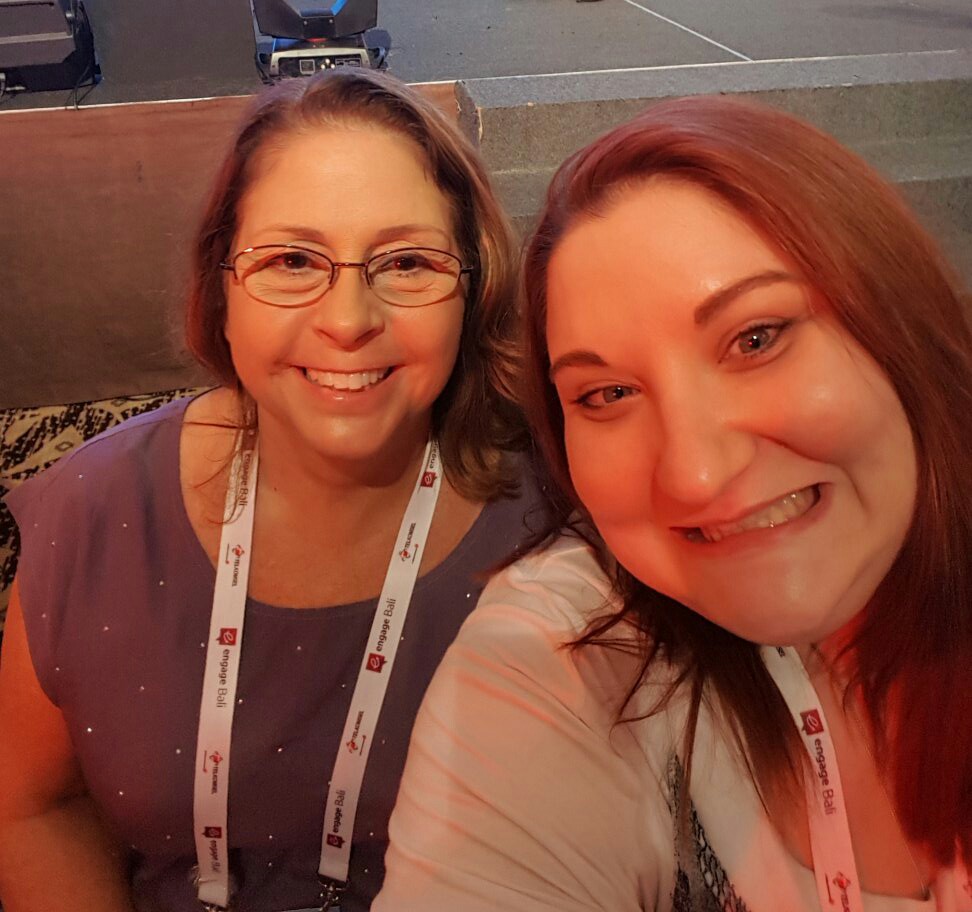
The you can see the slides here!
Piotr Jakubowski – Chief Marketing Ojek, GO-JEK
Piotr Was fantastic! I don’t know that much about Indonesia, but the examples of the campaigns his business was running really touched me. They were emotional, but not in a sickly sweet way. They showed what seemed to be a very real side of life in Indonesia, and told the story of GO-JEK, a service similar to Uber.
There’s not a lot of relevant facts and figures for you to take away from this one. It more cuts to the heart of what good marketing is – and that’s real. They develop a real connection, to real people. They know their market so they aren’t afraid to be open and honest about who they are.
You can check out the slides here.
Beverly Jackson – VP, Social Media Marketing and Content Strategy, MGM Resorts International
Beverley Jackson is another fine example of females leading the way in the business of Social Media. She explained through her presentation the logistics of one of MGM’s current marketing challenges. Shifting demographics. She told us about a hotel that MGM is redeveloping, that has an older market – but the refurbishment will attract a much younger one with different interests. The challenge of keeping both groups engaged while the build is complete so they can continue to trade during the transformation is a tough one!
She explained a campaign they had done where they made a group of young Scottish lads enjoying a birthday trip, where they completely made the trip with free concert tickets, and other surprises to make the birthday a trip to remember, and gain customer advocacy for life!
There’s some amazing nuggets of wisdom in Beverly’s speech. Including that you can die from lack of entertainment, and her content mixologist recipe is pretty awesome too! But the main takeaways from her presentation are to define your goals, purpose and objective – and create your campaigns around them.
Be true to your brand, and over-communicate to your fans.
And finally – credibility silences noise.
Dennis Owen – Group Manage Social Media, Cathay Pacific
Time to get serious for a minute, do you have a Social Media Crisis Management Plan? Well, you’re going to wish you did, and probably make it an agenda item in your next marketing meeting after reading about the presentation from Dennis Owen from Cathay Pacific.
Dennis explained to us an issue that happened on board a Cathay Pacific plan. All ended well, but it doesn’t always – which is why you need your plans in place to kick in the minute a crisis starts.
He explained how Social Media has changed the game when it come to crisis management, where you used to issue a press release, or hold a press conference – now you must be social-first. The reason for this is that people involved in the crisis will most likely be publicising the event live. Your crisis or communications team might not even know about the issue until your Social Media monitoring picks it up! So you start already on the back foot.
So here’s some things to know from Dennis:
The crisis will pass – but the Social proof that it happened never will. What’s on the internet stays on the internet.
Be social-first with your responses.
Know who was first to “break” the story and try to get to them. That’s where the media will be heading – so get there first and control the narrative as best you can.
Communicate, communicate, communicate! The comms are more important than the crisis itself (from a brand point of view, obviously not to the victims…)
Have a plan in place and implement it quickly.
Find an expert to advocate. They have more credibility than your brand in a crisis. Shut down speculation, it’s the enemy!
He also had some tips for building up your Social Media Crisis Toolbox:
Check how other businesses in your industry have dealt with crises.
Make a checklist. You will be busy and distracted at the time. You need to have a list!
Don’t create a second crisis with the handling of your crisis.
Hit Social first!
Monitor and respond in real time is appropriate
Test and learn!
Unfortunately there aren’t any slides or a video of Dennis’ presentation. But it got me thinking. How many of you have a crisis management plan?
Michael Bouda – Senior Brand Manager, Jägermeister
I’m not really going to go into this one in much detail as I found the content a bit too ‘dude-bro’ for me, which is not a reflection on the campaign, more than the fact that I am so far removed from this demographic.
The one thing I will state though is that I really liked the way this brand invented it’s own influencers. It’s a tough ask, advertising alcohol in Australia (compared with many other countries, and especially in WA) and I thought the invention of the cartoon “pack” and the positioning of them as influential was quite genius if intentional, and incredibly well handled if it happened by accident.
It would be interesting to see if this sort of campaign could work for other brands, and how it might have differed had it have been a female demographic with similar content.
Tanbir Rahman – Head of Digital, Huawei Technologies
Tanbir Rahman spoke to us about launching a product, the P9 Huawei smartphone – using Social Media. He had some excellent insights and the slides are also available here.
Paul Moore – Head Content Producer, Tennis Australia
Paul Moore talked about producing content for one of the world’s biggest sporting events.
Roy Simangunsong – Country Business Head, Twitter
Roy Simangunsong talks about how companies can use Twitter, and gives examples from the local Indonesian market. See the slides here.
Wrap up…
I hope you’ve enjoyed my wrap-up of the days speakers! There was so much going on that I haven’t covered absolutely everything – I just hope I’ve done the event justice. It really was an amazing few days in an amazing setting!
If you want to get some more info leave me a comment, or better yet – stay tuned to Socialbakers and make sure you go to their next conference, whether that’s #EngageBali (I would DEFINITELY go back if they do another Bali event) or one of their others.
I also wanted to say a quick thank you to the Socialbakers team for looking after me. Sometimes events can be a bit awkward when you’re by yourself, especially in between the formal schedule! The Socialbakers team made sure I was included in everything, and they were so nice and helpful that I really felt like we’d known each other for ages!
I also met some wonderful people, not just the speakers mentioned in this epically long blog post – but regular folks slogging it out in the Social realm for various agencies and businesses in different parts of the Asian Pacific region.
My next mission is to get some feedback from some of them to add to my own, so stay tuned!
I hope to see you in Bali 2017!








